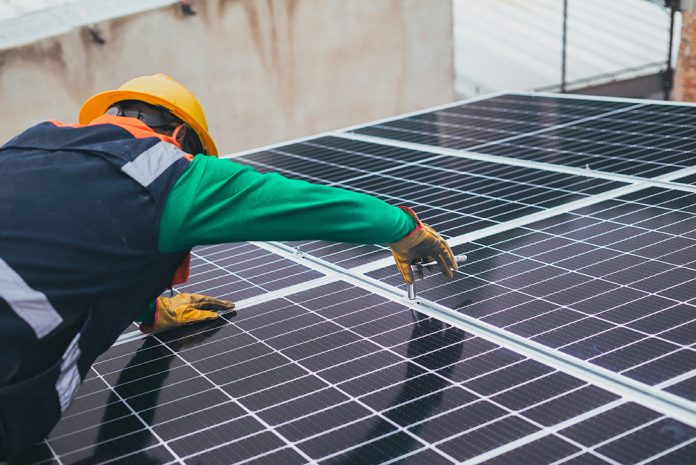Dr. James Crosby-Wrigley Head of Sustainability at Advantage Utilities, explains how businesses can decrease their emissions related to their energy consumption from the grid.
As abundant scientific investigations have revealed, the dramatic increase in greenhouse gas emissions has resulted in already significant changes to the global climate.
Data from the International Energy Agency shows that CO2 emissions have increased by over 30Gt since 1900. Similarly, the International Panel for Climate Change has highlighted that global surface temperatures have increased by >0.5oC during this timeframe through its findings.
In the event of a sustained output of harmful emissions, global surface temperatures would even increase by >4oC by the year 2100. This would have dramatic and morbid effects on terrestrial, oceanic and human ecosystems.
The question then becomes, what can businesses do?
Grid-sourced energy: unsustainable, unpredictable, unaffordable?
As per data from the Department for Business, Energy & Industrial Strategy, the grid currently accounts for 0.19kg of CO2 per kWh consumed. Furthermore, the grid has experienced record-high wholesale pricing in the past 12 months and further non-wholesale costs are forecasted to increase.
This makes grid-sourced energy unsustainable and potentially far less affordable given recent trends.
Instead, an excellent avenue to pursue are technologies that do not compromise the performance and activity of a facility, but simply decrease the amount of energy required from the grid. To act on this, we encourage the following philosophies:
- The greenest form of energy generation is the most affordable method of consumption.
Renewable energy generators have undergone such dramatic technological advancement over the past decades. This means technologies can now produce energy at a cheaper rate than otherwise consumed from the grid. This is achieved through technologies related to onsite generation. - The cheapest and greenest form of energy is that which is not consumed at all.
This refers to technologies that undertake or enhance the function of already existing infrastructure. In addition, these newer, more efficient technologies consume less gas and/or electricity but have the same performance output.
Onsite generation and onsite efficiency are crucial to reducing energy costs
Examples of renewable onsite generation include solar photovoltaic (PV), wind turbine, and hydroelectric generators. These generators can be built on or within a facility and provide a direct feed of electricity. As they are renewable technologies, they have negligible emissions and – once their embodied carbon is accounted for – will provide emission-free generation. Moreover, due to dramatic technology upgrades, they now provide the cheapest form of electricity, with solar PV having a typical lifetime cost of electricity at 3p/kWh to 7p/kWh of its warranties period. So greenest is the cheapest!
Furthermore, many facilities will have an abundance of energy-intensive inventory which is imperative to successful operations. This can be related to electrical consumption, power machinery, lighting, or gas consumption for heating and industrial purposes.
Ultimately, this inventory will have a set consumption based on its efficiency. The purpose of onsite efficiency is to introduce technologies to complement or replace this inventory – so it operates more efficiently. By having a more efficient operation, it will decrease the electricity/gas kW consumption and therefore introduce energy savings. Examples of this technology include LED lighting, Heat Pump installation and optimisation as well voltage optimisation.
But what is the first step that a company should take to understand their onsite generation potential and any efficiencies that could be made? Well, in this author’s opinion, it is simple – audit and measure.
In the digital age, data is supreme, so having a grasp on the emissions and costs of a portfolio (e.g. carbon accounting and energy spend audit) will provide a strong foundation for future decision-making. Once this data has been fully collated and understood, the opportunities for upgrades and savings will become more apparent, and clear roadmaps towards more sustainable energy management can be developed and implemented.
Sustainable energy management remains crucial if we are to collectively reduce our greenhouse gas emissions. Fortunately, there is an opportunity here for businesses to make progress towards a greener future through greener, cheaper fuels. By also optimising their existing inventories, businesses can both maximise their sustainability and reduce their energy costs.



